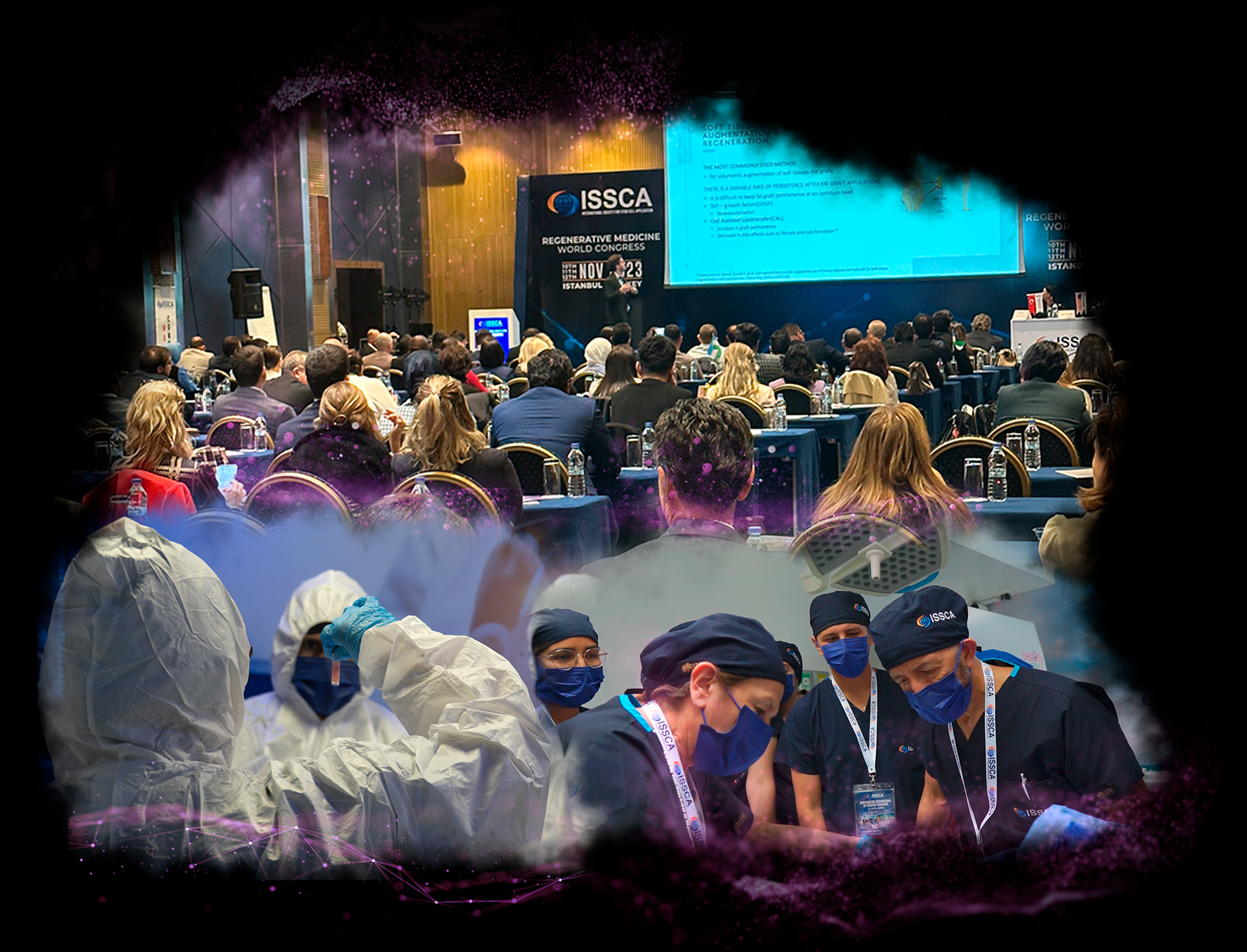Blog
Stay up to date on the latest advances in regenerative medicine through our blog.

Sorry, no posts matched your criteria.

Get Our Company Presentation
DOWNLOAD NOW


Get Our Company Presentation
DOWNLOAD NOW
Facebook Posts
This message is only visible to admins.
Problem displaying Facebook posts. Backup cache in use.
Problem displaying Facebook posts. Backup cache in use.
Error: Error validating access token: The session has been invalidated because the user changed their password or Facebook has changed the session for security reasons.
Type: OAuthException
Type: OAuthException
2 months ago
The Regenerative Revolution is truly Global! ISSCA Portugal Conference has attendees from all
Over the world 🇵🇹🇵🇹🇵🇹🔥🔥🔥🔥
... See MoreSee Less
Facebook Posts
This message is only visible to admins.
Problem displaying Facebook posts. Backup cache in use.
Problem displaying Facebook posts. Backup cache in use.
Error: Error validating access token: The session has been invalidated because the user changed their password or Facebook has changed the session for security reasons.
Type: OAuthException
Type: OAuthException
2 months ago
The Regenerative Revolution is truly Global! ISSCA Portugal Conference has attendees from all
Over the world 🇵🇹🇵🇹🇵🇹🔥🔥🔥🔥
... See MoreSee Less
Send Us a Message
Contact Home GSCG website

Copyright © 2024 Stem Cells Group | All Rights Reserved
CONTACT US
Datran Center 9100 S Dadeland Boulevard, Suite 1500. Miami Fl. 33156 United States
305-560-5337
info@stemcellsgroup.com








